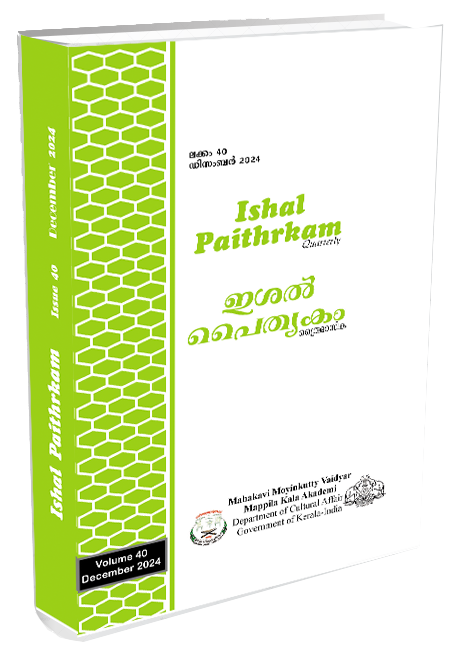The Trauma Continues: The effects of trauma on generations in Home Going
Keywords:
Trauma, Generational Trauma, Inherited trauma, Collective history, MemoryAbstract
Transmission of the impacts of trauma from one generation to the next is referred to as generational trauma. It is a complex phenomenon. Literature has long served as a powerful medium for exploring and understanding the intricacies of generational trauma. This research article examines the depiction and exploration of generational trauma in literature, focusing on Yaa Gyasi’s debut novel, Homegoing (2016), which delves into the profound impact of inherited trauma on individuals and families across generations. By analysing the novel through a trauma lens, this article discusses key themes, narrative techniques, and character development related to generational trauma, providing insights into the sociological, psychological, and cultural dimensions of this pervasive phenomenon. The study also attempts to explore the multifaceted dimensions of generational trauma, its consequences, and the ways in which literature contributes to its depiction and comprehension.
Downloads
References
Brave Heart, M. Y. H., & DeBruyn, L. M. (1998). The American Indian holocaust: Healing historical unresolved grief. American Indian and Alaska Native Mental Health Research, 8(2), 60-82.
Caruth, C. (Ed.). (1995). Trauma: Explorations in memory. JHU Press.
Caruth, C. (2016). Unclaimed experience: Trauma, Narrative, and History. JHU press.
Duran, Eduardo. et al. (1998) “Healing the American Indian Soul Wound”. International Handbook of Multigenerational Legacies of Trauma. Ed. Yael Danieli. Springer US. Felman, S., & Laub, D. (1992). Testimony: Crises of witnessing in literature, psychoanalysis, and history. Taylor & Francis.
Gyasi, Y. (2016). Homegoing. Penguin UK.
Herman, J. (1997), Trauma and Recovery: The Aftermath of Violence—from Domestic Abuse to Political Terror, New York: Basic Books.
LaCapra, D. (2001). Writing History, Writing Trauma. JHU Press.
Leys, R. (2000), Trauma: A Genealogy. The University of Chicago Press.
Miller, Nancy K., and Jason Tougaw. (2002). “Introduction: Extremities.” In Extremities: Trauma, Testimony, and Community. Edited by Nancy K. Miller and Jason Tougaw, 1–24. Urbana and Chicago: University of Illinois Press.
Stanek, D. (2015). “Bridging past and present: Embodied intergenerational trauma and the implications for dance/movement therapy”. Body, Movement and Dance in Psychotherapy, 10(2), 94-105.
Wesley-Esquimaux, C. C., & Smolewski, M. (2004). Historic trauma and Aboriginal health. Ottawa, Ontario: Aboriginal Health Foundation.
Downloads
Published
Issue
Section
License
Copyright (c) 2025 ISHAL PAITHRKAM

This work is licensed under a Creative Commons Attribution-NoDerivatives 4.0 International License.

